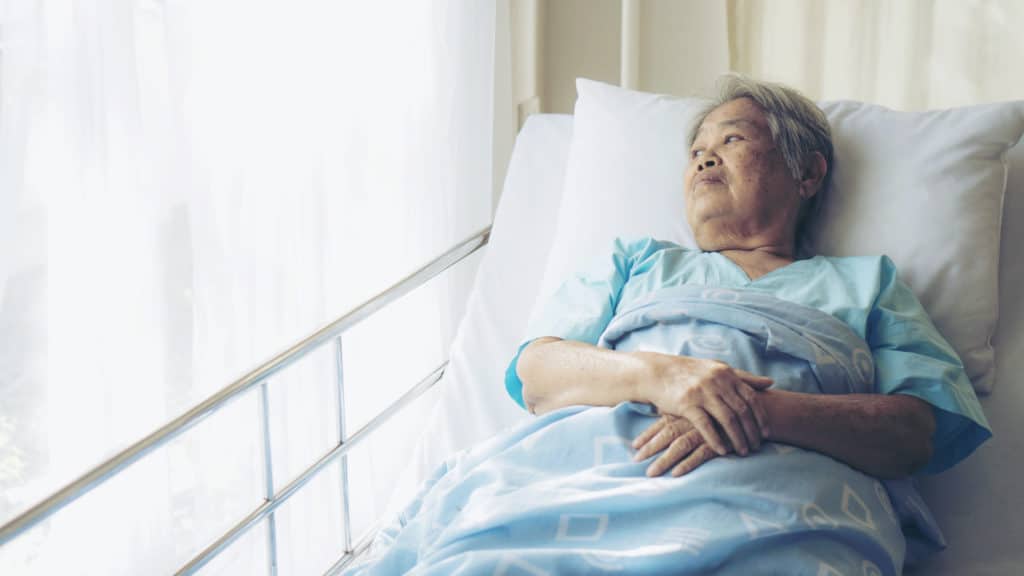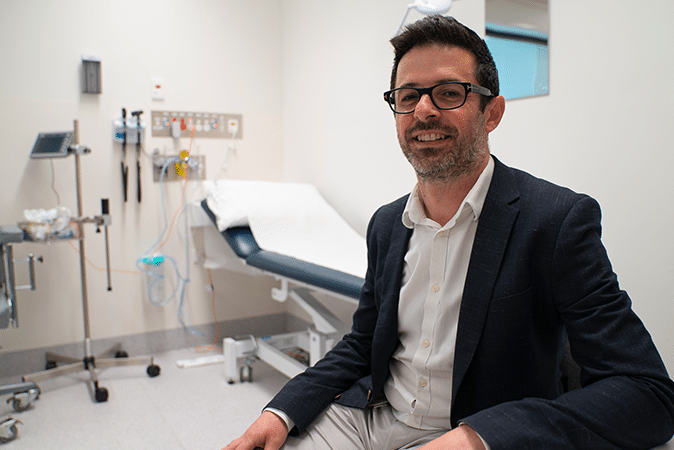What is Locally Advanced Breast Cancer?
Locally advanced breast cancer is an invasive breast cancer that is large (typically 5cm or more) or has spread to areas near the breast, such as the chest wall. However, there are no signs the cancer has spread beyond the breast region or to other parts of the body. It also called stage 3 breast cancer.
Stage 3 breast cancer can be stage 3 A, stage 3 B, or stage 3 C:
- Stage 3A – The tumour is less than 5cm and has spread to 4-9 lymph nodes in armpit or under breastbone. Or the tumour is more than 5cm and has spread to 1-9 lymph nodes.
- Stage 3B – The cancer has spread to nearby muscles and skin. The tumour can be any size.
- Stage 3C – The cancer has spread to at least 10 lymph nodes in armpit, or at least one node under breastbone and at least one node in the armpit, or to at least one node near collarbone. The tumour can be any size.
What are the Symptoms of Locally Advanced Breast Cancer?
Some patients diagnosed with locally advanced breast cancer may not present with any symptoms. When symptoms are present, they may include:
- A lump in the breast or armpit that doesn’t move freely but feels attached to the chest wall
- A lump at the base of the neck
- A red and/or swollen breast (this is called inflammatory breast cancer)
- Ulcers on the breast
- Thickening or hardening in the breast
- A change in breast size or shape
- Changes to the nipple, such as sores or crusting, an ulcer or inverted nipple
- Clear or bloody nipple discharge
- Changes to the skin including redness, puckering, or dimpling (an ‘orange peel’ appearance)
- Breast tenderness or pain
How is Locally Advanced Breast Cancer Diagnosed?
Locally Advanced breast cancers breast cancers may be large enough that it may be felt as a hard lump during a physical examination, or self-examination. However, these breast cancers may also be diagnosed through screening mammograms. An ultrasound may be necessary to further investigate the spread of disease.
A biopsy may be conducted to learn more about the tumour/s before treatment.
A CT, bone scan are usually also ordered (and in some circumstances a PET scan) to check that the cancer has not spread to other parts of the body.
How Common is Locally Advanced Breast Cancer?
According to the latest data from the Australian Institute of Health and Welfare, approximately 12% of breast cancers diagnosed each year in Australia are stage 3. New Zealand’s incidence rates are similar. Thanks to the successful BreastScreen Australia and BreastScreen Aotearoa programs, more breast cancers are being diagnosed in the earlier stages which is leading to higher survival rates.
Are there different kinds of Locally Advanced Breast Cancer?
Yes. Locally advanced breast cancer can be one of four different molecular subtypes; Luminal A (Hormone Receptor Positive, HER2 Negative (HR+/HER2-) low grade), Luminal B (Hormone Receptor Positive, HER2 negative/positive (HR+/HER2-/+) high grade), HER2 positive breast cancer or triple negative breast cancer. Locally advanced breast cancer can also be a rarer form of the disease called Inflammatory breast cancer.
How is Locally Advanced Breast Cancer Treated?
Treatment for locally advanced breast cancer will usually involve a combination of breast surgery, chemotherapy, radiotherapy, targeted therapies, or hormonal therapies. Commonly, chemotherapy will be given before surgery. However, treatment will differ from person to person depending on the sub-type of breast cancer they have, the extent and size of the breast cancer, the location of the breast cancer, age, general health, and the patients treatment preferences.
What are my chances of survival (prognosis) if I am diagnosed with Locally Advanced Breast Cancer?
Breast cancer survival is measured in 5-year relative survival. This means how many people diagnosed with breast cancer are still alive five years after their initial diagnosis.
According to the latest data from the Australian Institute of Health and Welfare, the five-year relative survival for those diagnosed with stage 3, or locally advanced, breast cancer is 80.6%
However, breast cancer survival differs and there are many factors that can influence this such as your response to treatment, the type of breast cancer you have, medical history, overall health, age, and tumour growth. You should discuss your personal situation with your doctor and/or treatment team.
Support Us
Help us to change lives through breast cancer clinical trials research



